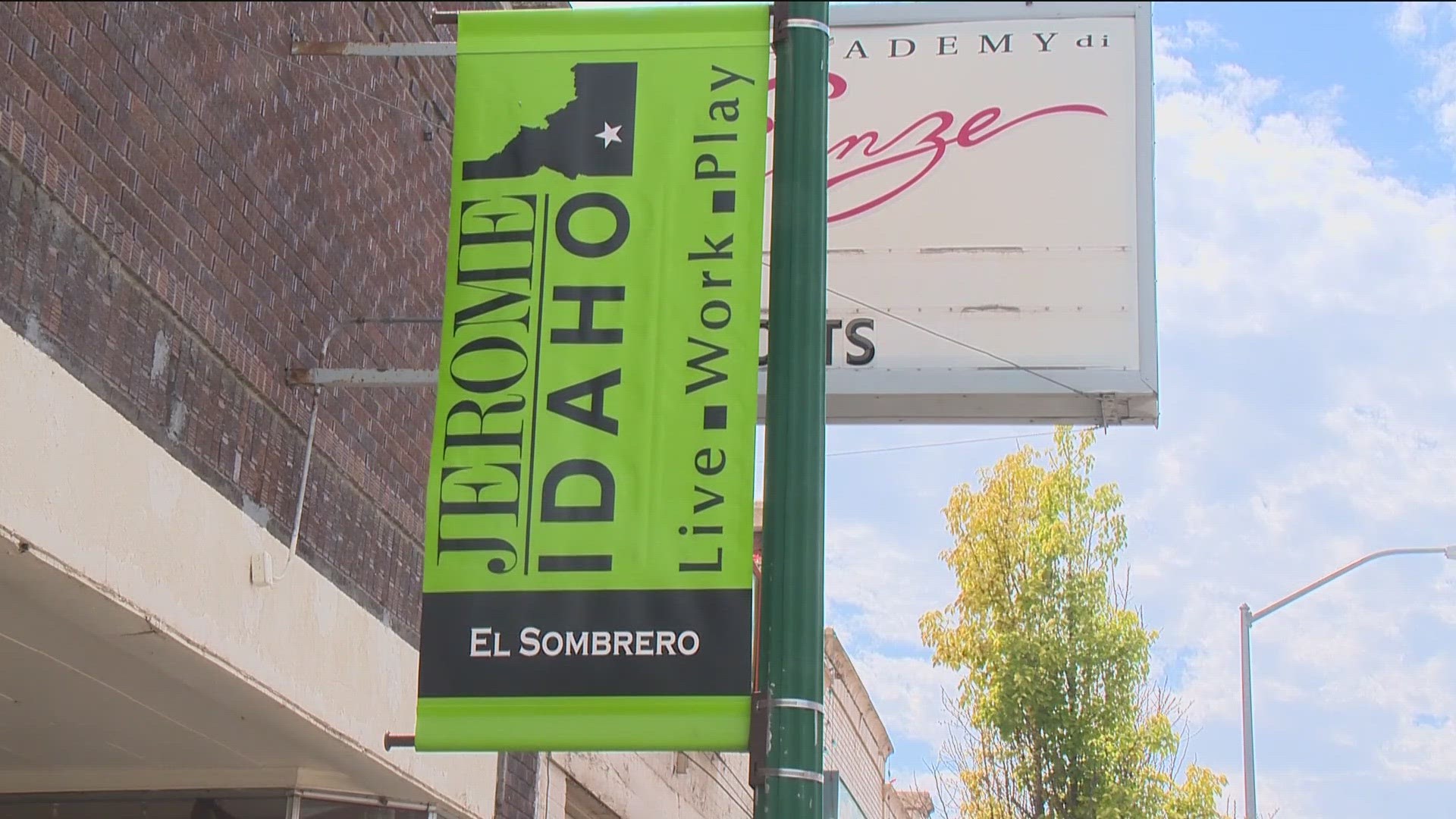JEROME, Idaho — What are urban renewal agencies? What do they have to do with growth? How are they helping? Are they helping?
Let's start with the first question. What are they? They are not government agencies, but they are appointed and confirmed by the elected leaders of the city where they work. The idea is for them to improve public spaces like streets, sidewalks and utilities in areas that are deteriorating. They do that by buying, selling, even leasing property and working with private companies. The hope is by improving areas left behind by growth, that they attract more private investment in those areas. How do they pay for all this? With tax increment financing.
What in the world is tax increment financing? When an urban renewal agency establishes an urban renewal district, the figure out where the total assessed property value and taxes stand. As they improve the district, the assessed value goes up. They can use the amount of property taxes that were generated by the increase in value. It’s important to note that a relatively new law in Idaho says if urban renewal dollars and other public money makes up the majority of a project's cost, citizens have to vote and approve it with a 60 percent majority.
But are the URAs in Idaho helping? Well, if you ask Jerome Mayor David Davis, they absolutely are. He says, Jerome has been able to grow public infrastructure and have that growth pay for itself, thanks to the businesses that invested in that area, "We've utilized that quite readily. And it's paid off. For us it's promoted ability to pay for instrumental infrastructure and these industries actually paid for through tax increment financing. And that's been a big player for us, as helped us to develop the areas that we have."
In fact, folks in the Magic Valley say Chobani wouldn't have chosen that area for its big plant without the tax increment financing brought by the urban renewal agency.
But critics have major issues with URAs. They point out that URAs use tax dollars. For public good or not, they think public money decisions should be made by elected officials. Again, urban renewal agency boards are not elected, but they are approved by elected officials and often made up of elected officials. Also, critics have major worries about URAs designating an urban renewal district, buying property there, forcing low-income folks out, and thereby reducing the amount of affordable housing options for people barely getting by. Essentially, they're worried about URAs pushing people out of their neighborhoods just because they're not new enough.
The criticism surrounds not just urban renewal agencies themselves, but also how they're operated. And you, the taxpayer, can watch every move they make, from agendas to plans to meetings. Here’s a link to a complete list of all of them in Idaho and their plans.
Watch more 'Growing Idaho':
See the latest growth and development news in our YouTube playlist:
HERE ARE MORE WAYS TO GET NEWS FROM KTVB:
Download the KTVB News Mobile App
Apple iOS: Click here to download
Google Play: Click here to download
Watch news reports for FREE on YouTube: KTVB YouTube channel
Stream Live for FREE on ROKU: Add the channel from the ROKU store or by searching 'KTVB'.
Stream Live for FREE on FIRE TV: Search ‘KTVB’ and click ‘Get’ to download.

